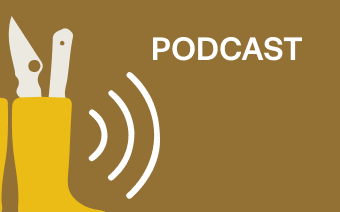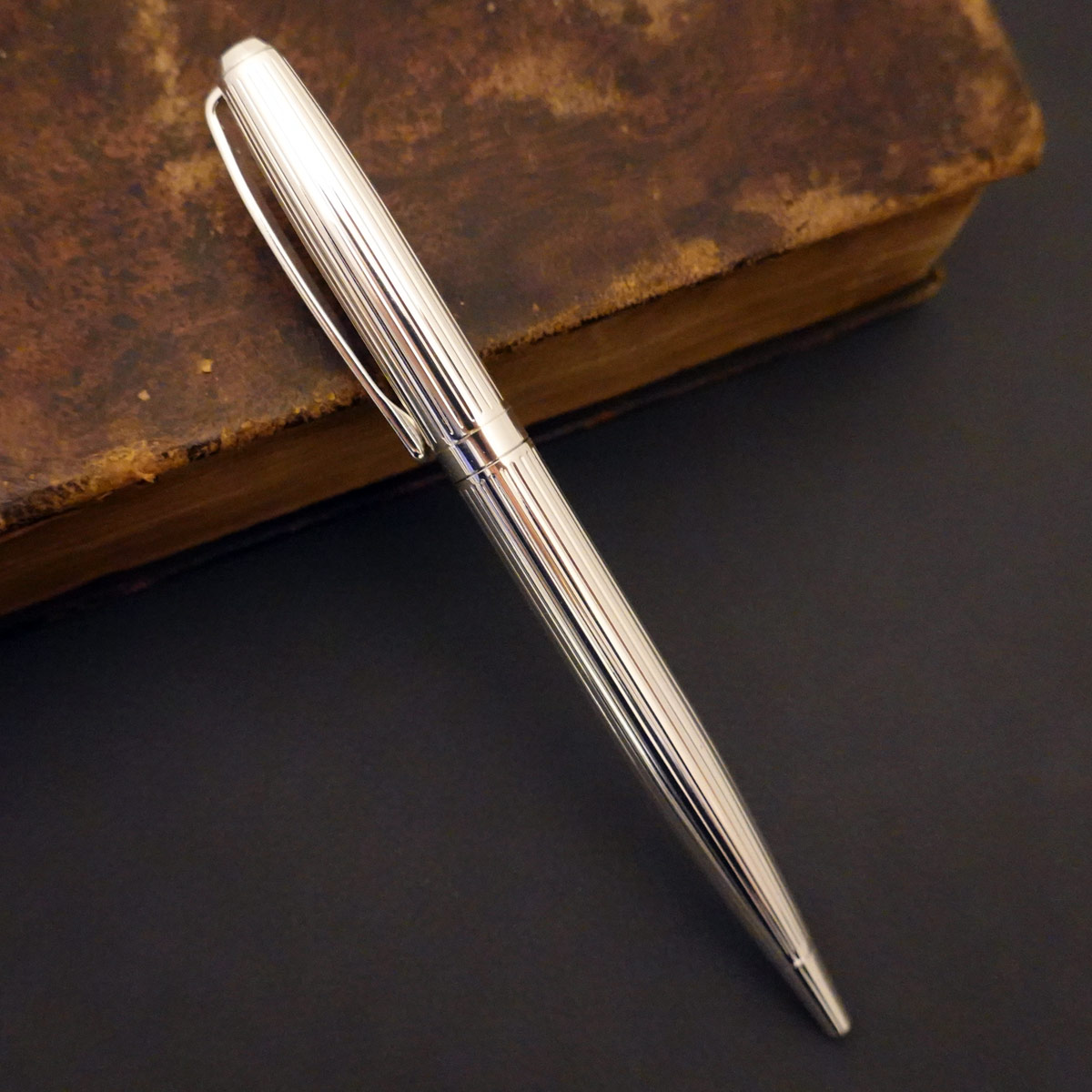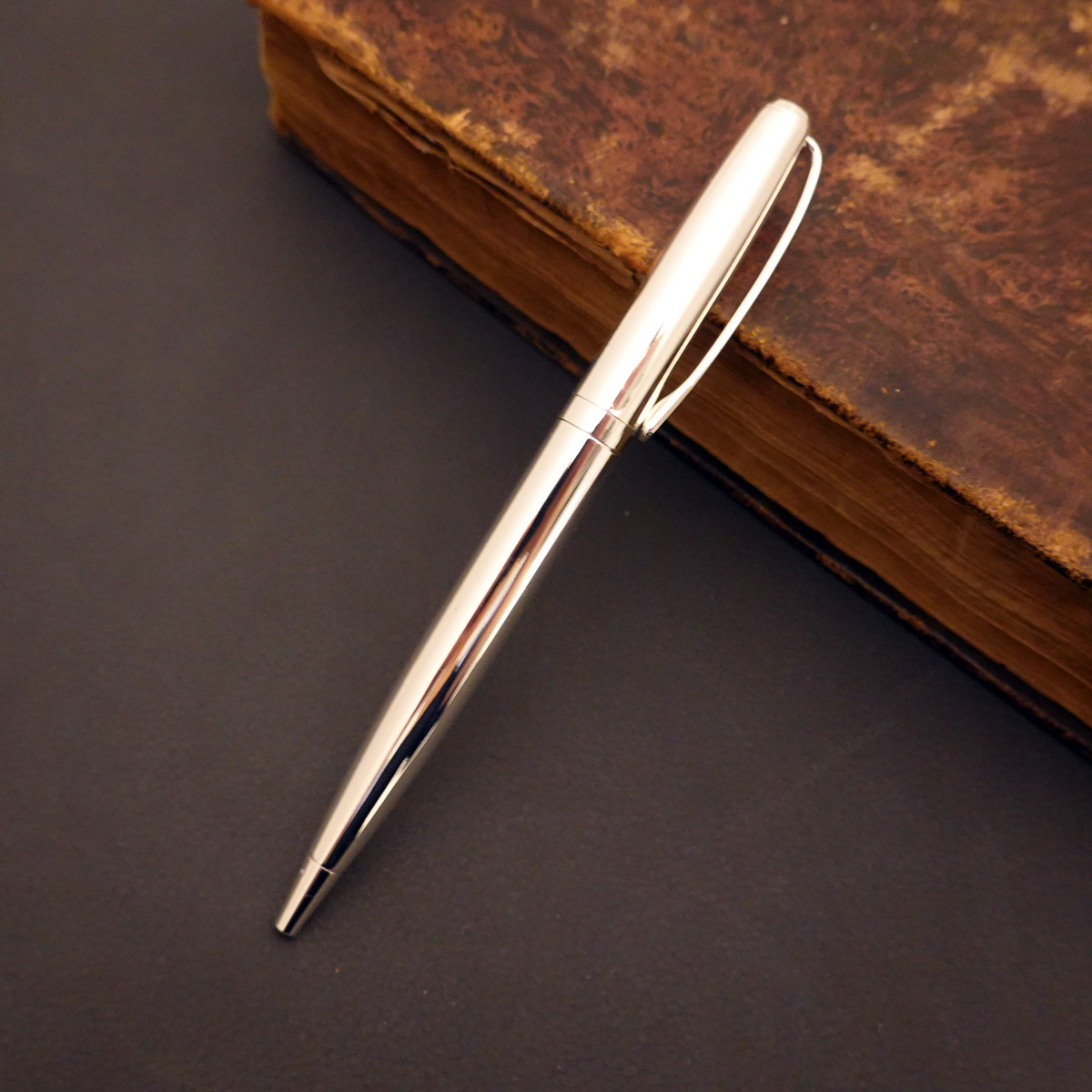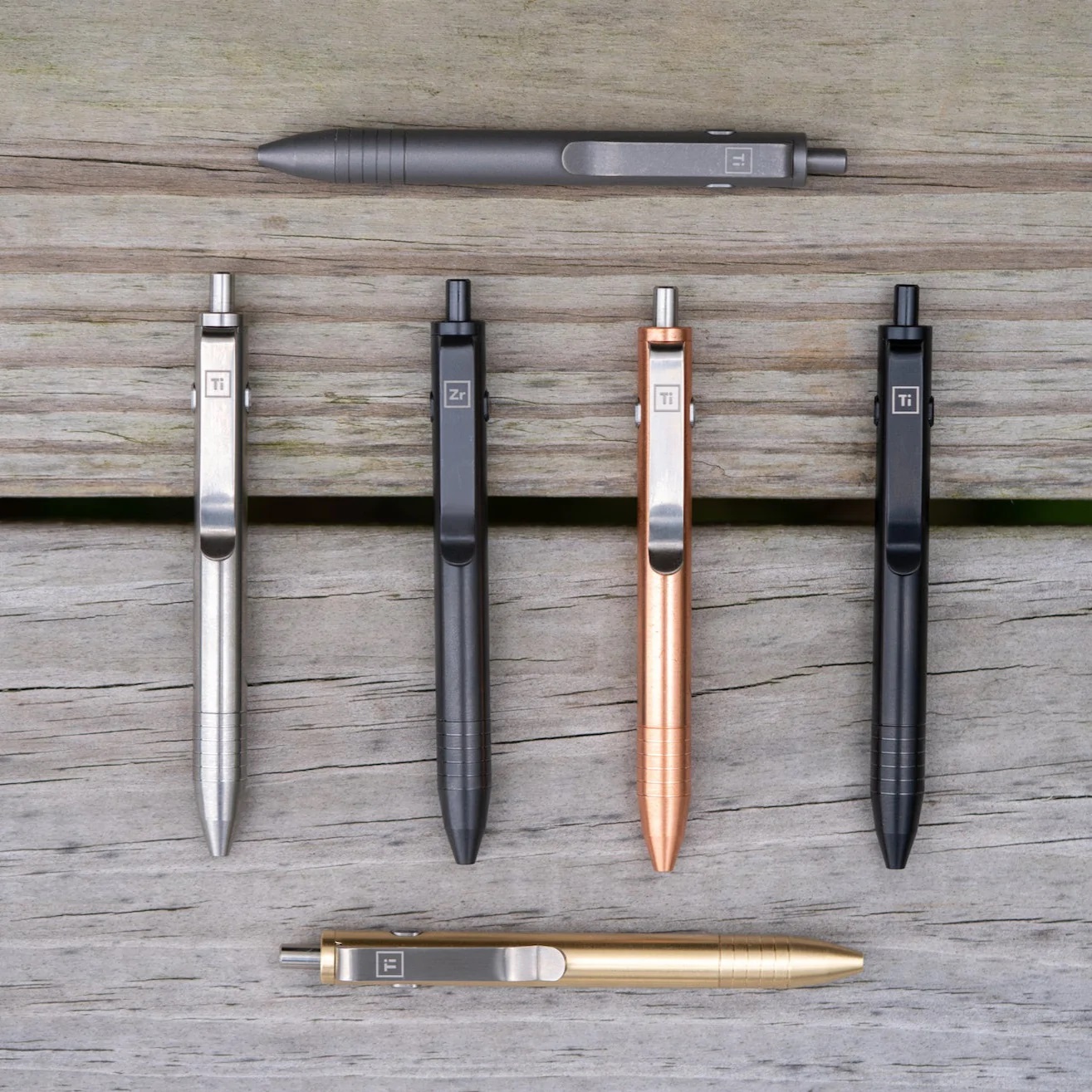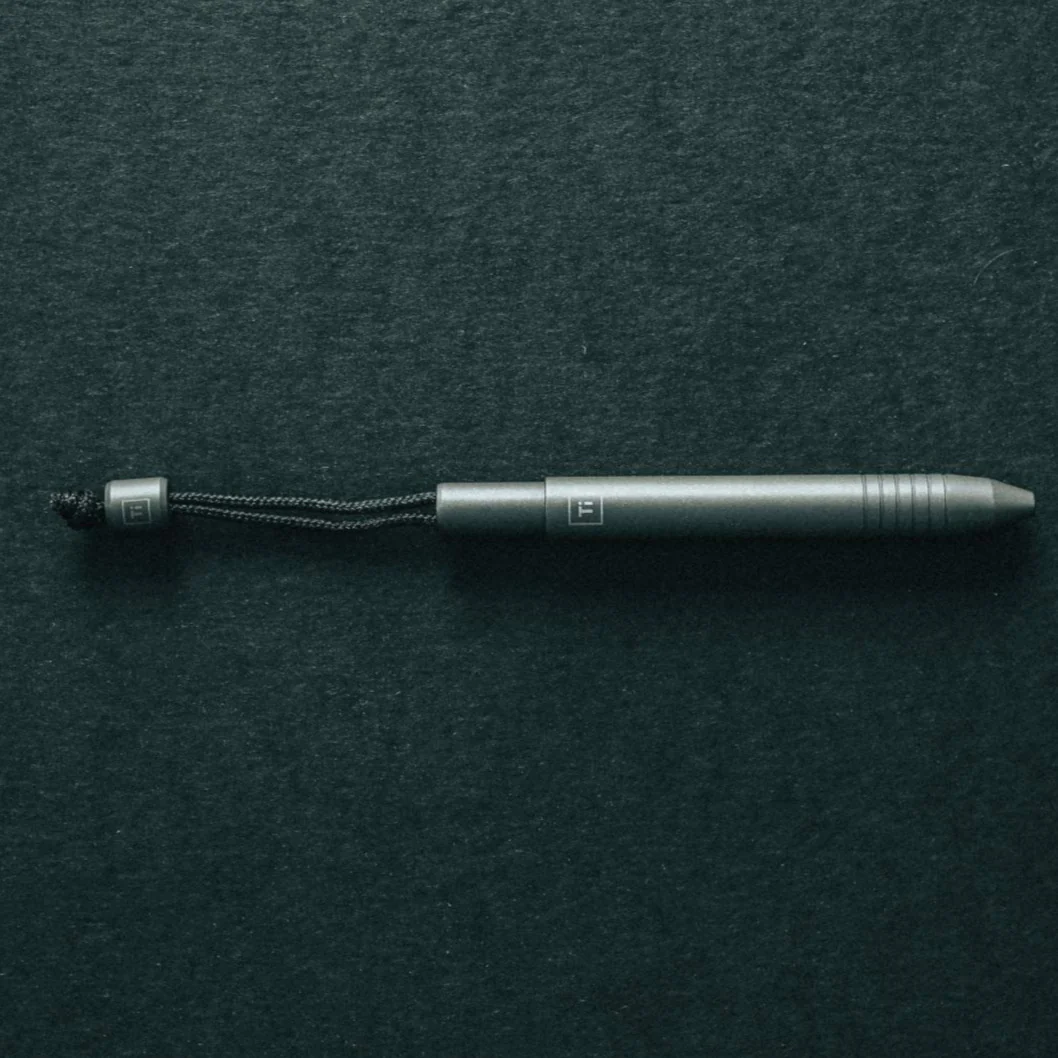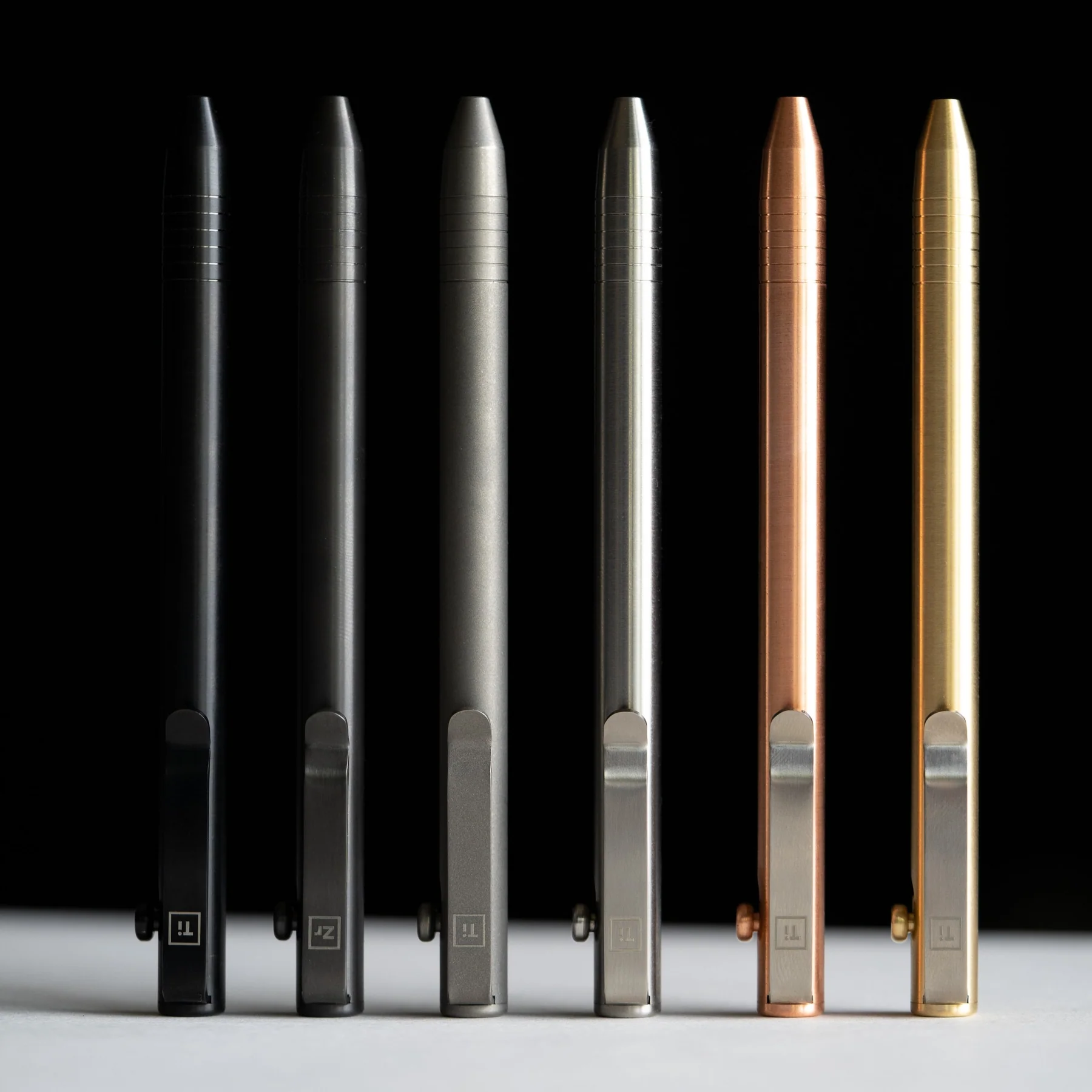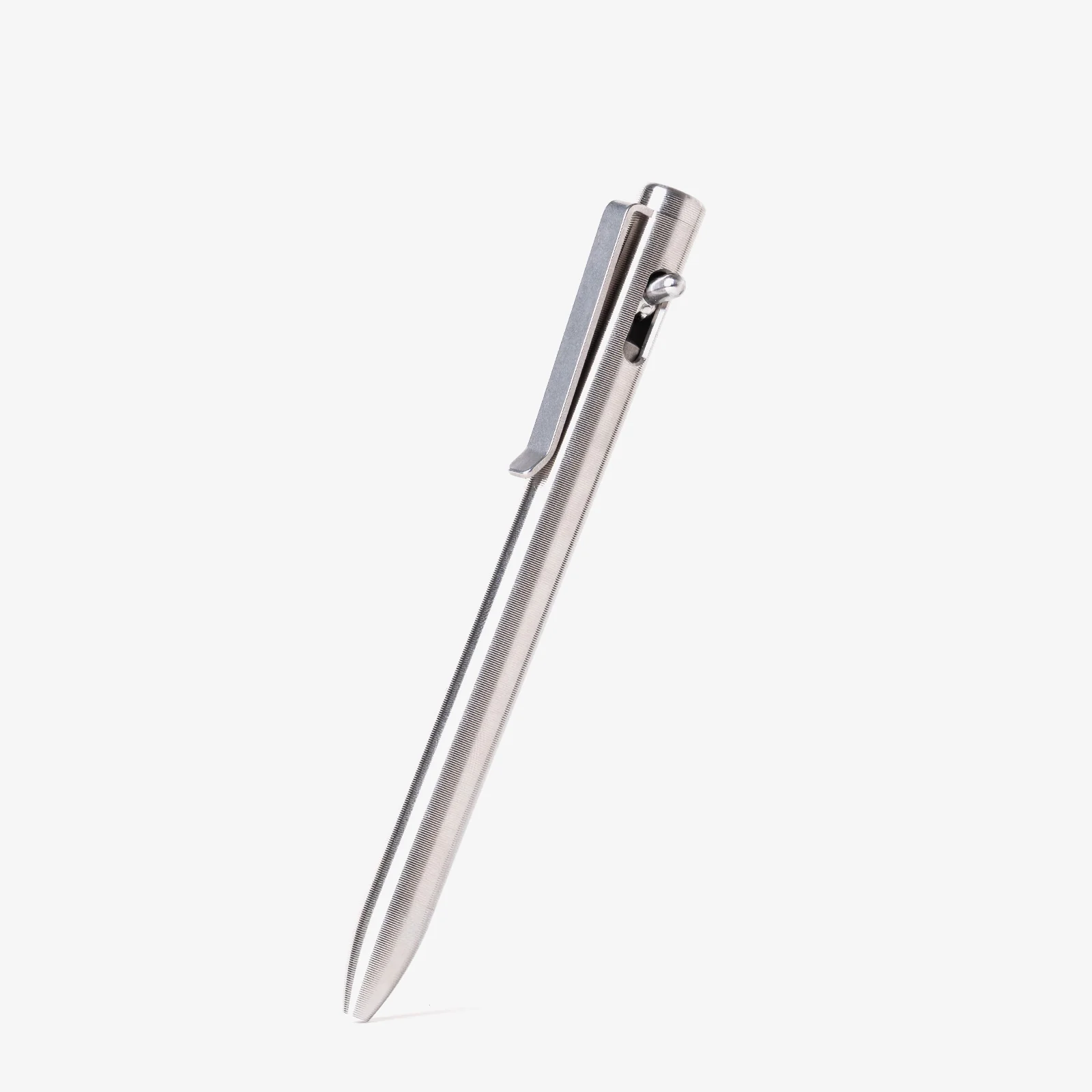
“Why you should write more by hand”
It almost sounds old-fashioned: writing by hand. But anyone who deliberately reaches for a pen immediately senses that it is more than merely capturing letters. Writing is thinking on paper—a dialogue between head, heart, and hand. And that is exactly what makes handwriting so valuable, especially in our digital world.
Handwriting in the digital world
We type emails, messages, and notes every day—on average several thousand words. But hand on heart: When was the last time you truly wrote by hand? A thought that lasts, a sentence with weight? When reading old letters or cards, you immediately feel it: handwriting always carries a bit of the soul. Every letter, every flourish, every crooked line is more than just words. And that is precisely why we should practice our handwriting more often again.

Writing by hand: benefits you can enjoy
Handwriting is far more than a nostalgic relic. It sets our brain in motion. Here are some advantages that are hard to dismiss.
Think deeper, understand better
No matter whether with a fountain pen, pencil or ballpoint pen: when you write by hand, you force your brain to actively think along. You’re not just listening or reading—you put things into your own words. It’s like a double filter: you understand the content before you write it down. And that’s exactly why it stays in your memory much longer.
Workout for the mind
When handwriting, a real fireworks display goes off in your head: motor skills, language, and memory work simultaneously. Your brain links new information and builds synapses that often remain unused when typing. This way you train concentration and creativity like with a small workout for the mind.
Knowledge that sticks
Whether numbers, vocabulary, or complex technical terms—everything you capture with pen and paper imprints itself more deeply. That’s because you’re not just writing; you’re also rethinking the content as you do. Your memory loves exactly this extra repetition. Content we note by hand remains more deeply anchored. That’s why many students still swear by their notebook today, and that’s exactly why it’s so smart to reach for a fountain pen, pencil, or ballpoint pen more often again.
Clarity on paper
Our head is a wild place: thoughts race, ideas flicker up, to-dos swirl around. When we use pen and paper, order emerges. Writing slows us down, and that’s precisely where the power lies. With every sentence, distance from the chaos grows. Suddenly thoughts are visible, tangible, shapeable. Fleeting ideas become concrete projects; mind-movies turn into clarity.
As unique as your fingerprint
It’s no coincidence that forensic experts use the uniqueness of handwriting to assign documents or verify signatures. Every flourish, every letter is a small, personal pattern. It reveals something about you, your character, and even your mood. And that is exactly why handwritten pieces can trigger so much emotion: they always carry a piece of your personality.
Writing culture: when letters tell stories
For thousands of years, people have put their thoughts, discoveries, and feelings down by hand on paper, parchment, or even stone. Every piece of writing tells not only what was written, but also how the person behind it thought, felt, and lived. Every era leaves its own handwriting aesthetic that still gives us insights into past worlds and ways of thinking today. With our EDC classics - pen, notebook, maybe even a sketch pad - we carry a piece of this writing culture with us at all times. A short entry here, a thought there, and a small personal chronicle emerges.

Improve your handwriting
Your handwriting can be trained—and it’s even fun. With small exercises, deliberate writing, and a bit of patience, every stroke becomes clearer and more fluid. It’s not about being perfect, but about making your personal script visible and alive. Here are some tips and tricks to get you started.
- Just get started
Write your shopping list or tomorrow’s to-dos on paper. It may sound trivial, but believe me: just a few minutes make a difference and bring you back into the writing flow, so that you’ll quickly be able to write by hand faster again. - A notebook
Your own little universe for ideas, sketches, or thoughts. Flip through it a bit, doodle in the corners—everything is allowed. - Try different writing instruments
Whether ballpoint pen, pencil, or an elegant fountain pen—each writing tool feels different. Just try it out. A small tip: in our Pens & Ballpoint Pens category you’re sure to find something suitable. - Practice mindfully – but briefly
5 minutes are completely enough to write a favorite quote, or simply letters. You’ll see: your hand will quickly find its flow again, and you’ll notice how your mind calms down. - Personal and emotional
Diary entry, short love letter, or a bit of calligraphy: write what moves you. This is how writing becomes lively, real, and truly beautiful again.
Conclusion: Writing by hand? Yes, please!
Handwriting is like good craftsmanship: authentic, personal, and full of history. In a world that’s getting faster and faster, it gives us calm and clarity. So here’s the tip: put your phone aside this evening, take 10 minutes, and write something. You’ll see: it not only feels different, it also changes how you think. Have fun!
FAQs: Frequently asked questions about “Why you should write by hand more often”
What are the benefits of writing by hand?
You train your brain, improve your handwriting, and treat yourself to a small digital break.
Are handwritten notes better?
Yes, because when you write by hand you often work more slowly and consciously. As a result, you process the content more deeply and remember it longer. The best part: sometimes you even get new ideas that don’t appear when typing.
What does handwriting do in the brain?
It activates motor skills, language, and memory simultaneously and thus promotes new connections between the right and left hemispheres—strengthening concentration, creativity, and retention.
















